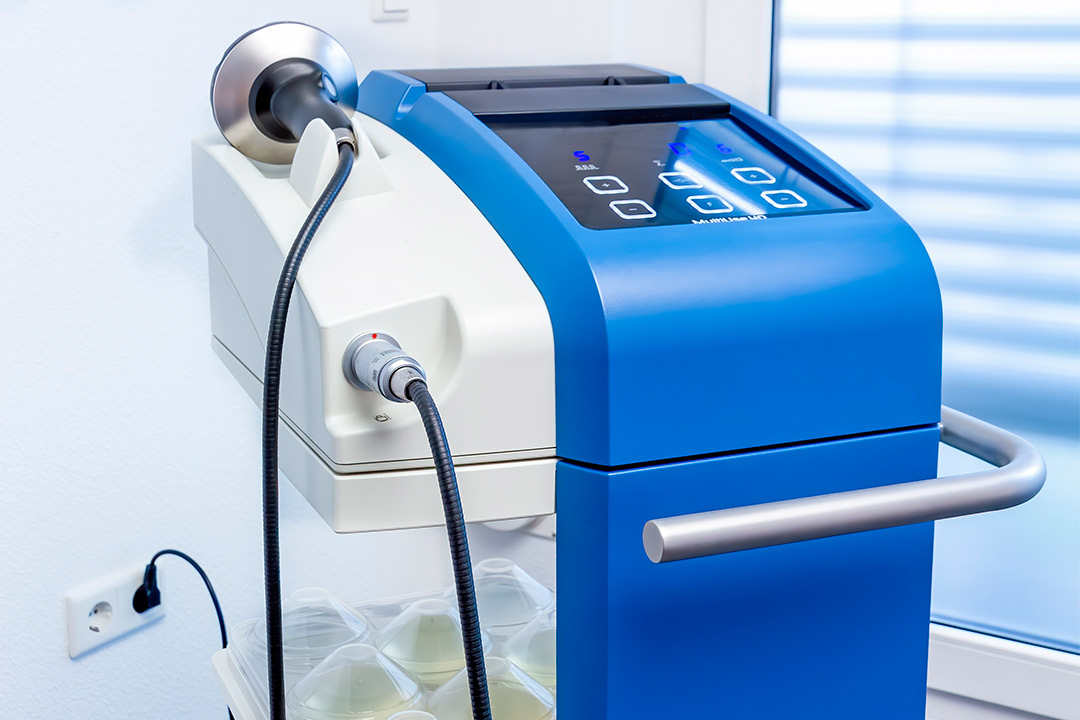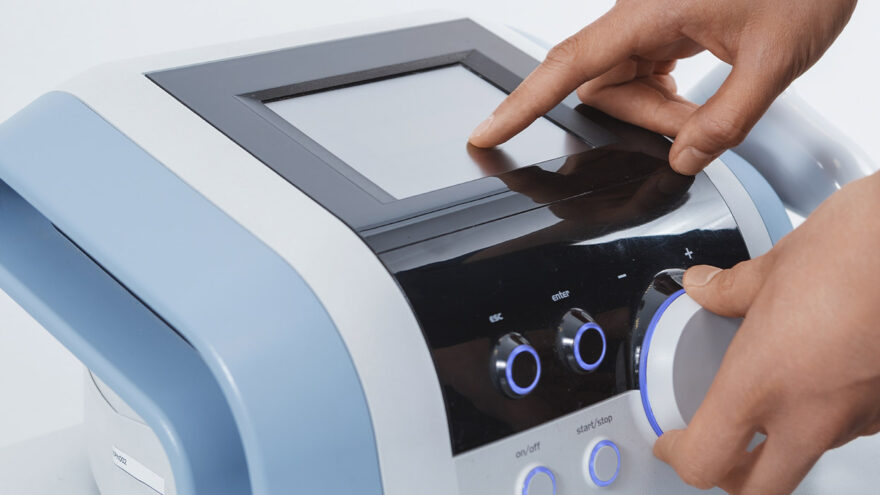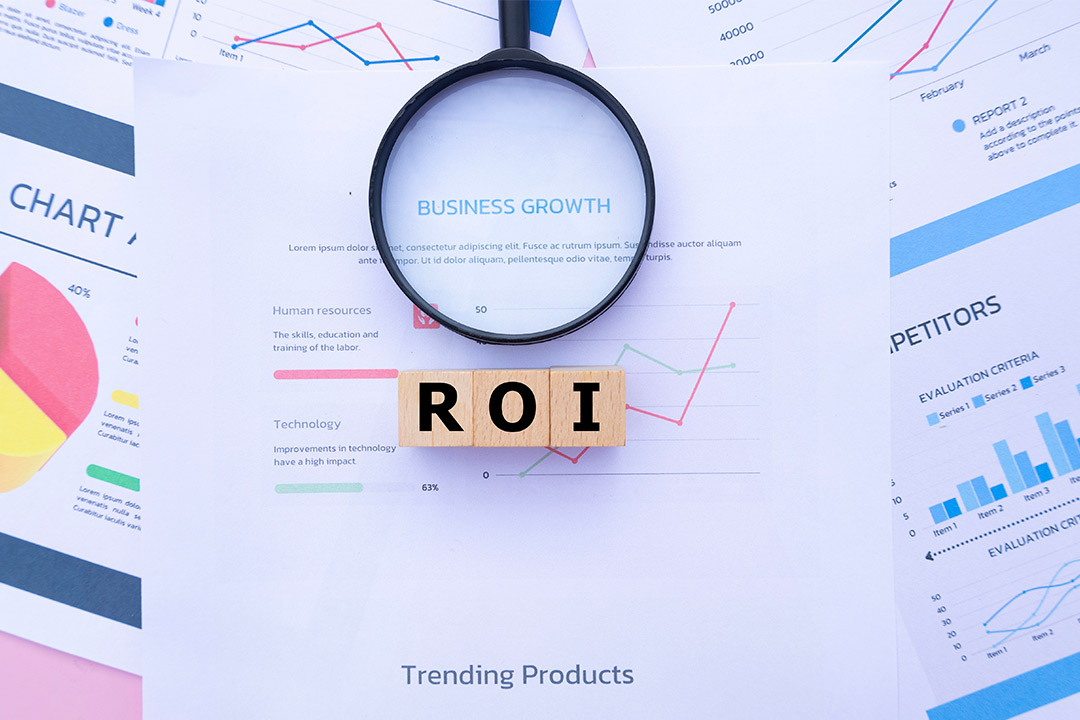At the end of the year, clinics and healthcare practices naturally begin looking ahead and planning for what they’ll need in the months to come. This is the time to evaluate budgets, take advantage of available tax benefits, and decide which equipment upgrades will support growth in the new year. For rehabilitation centers, physical therapy clinics, and sports medicine practices, a shockwave therapy machine is one of those high-impact investments that can strengthen both patient outcomes and long-term financial performance.
Why Shockwave Therapy Is In Demand
Shockwave therapy has become a trusted option in many clinics because it offers a non-invasive way to treat a wide range of musculoskeletal issues. These devices use focused acoustic waves to stimulate healing in targeted areas, helping reduce pain without relying on medication or surgery. Its growing use isn’t surprising as the treatment is practical, efficient, and fits easily into most clinical routines. Benefits often include:
- Short treatment times (5-10 minutes) that improve patient throughput
- Non-invasive treatment alternative that attracts new patients
- Versatility in treating multiple conditions throughout the body
- Strong ROI potential with straightforward training and low ongoing costs
Making an informed decision means looking past the upfront price. Clinics need a clear picture of the total cost of a shockwave machine, from equipment and supplies to maintenance and ongoing operating expenses, to plan their budgets effectively. Whether leasing or buying, practices must carefully evaluate both immediate expenditures and long-term financial implications to ensure this investment aligns with their clinical goals and business strategy.
Breaking Down Shockwave Machine Cost: Equipment, Supplies, and Operational Expenses
A clear view of the full cost structure of shockwave therapy machines helps clinics plan their budgets with confidence. The purchase price is just one part of the investment. The following components should be reviewed carefully:
Initial Equipment Expenses
-
- Base machine costs vary depending on the type:
- Portable devices: $3,000–$8,000 for purchase
- Clinical devices: $15,000–$40,000 for purchase
- Monthly lease options: $488–$1,340 depending on model
- Optional accessories increase functionality but add costs:
- Additional applicator heads for different treatment areas
- Specialized attachments for specific conditions
- Mobile carts or carrying cases for portability
- Base machine costs vary depending on the type:
Ongoing Supply Costs
-
- Consumables required for regular operation:
- Coupling gels and ultrasound transmission media
- Projectiles and guiding tubes for radial systems
- Protective covers and patient interface materials
- Replacement part frequency varies by usage volume:
- Clinical devices typically require more frequent component replacements
- Portable systems may have lower ongoing supply costs
- Consumables required for regular operation:
Operational Expenses
-
- Staff training requirements:
- Initial certification and training for operators
- Ongoing education for new protocols and techniques
- Potential lost revenue during training periods
- Facility and utility considerations:
- Electricity usage (particularly higher for powerful clinical units)
- Dedicated treatment space requirements
- Climate control for optimal equipment operation
- Downtime impacts:
- Maintenance-related service interruptions
- Productivity loss during repairs
- Patient rescheduling costs
- Staff training requirements:
When planning your budget for a shockwave machine, factor in all these elements, not just the upfront purchase price. A comprehensive financial assessment should consider both immediate expenses and ongoing operational costs to avoid budget surprises. Remember that the equipment must serve its intended purpose of enhancing clinic efficiency while delivering a return on investment.
Maintenance, Lifecycle, and Hidden Costs: What to Expect Over Time

Ongoing maintenance, equipment lifespan, and hidden costs all play a role in the total investment of a shockwave therapy machine and should be factored into long-term budgeting.
Regular Maintenance Requirements
- Plan for annual calibration and servicing to maintain optimal performance, with clinical devices requiring more frequent attention than portable units
- Budget for consumable replacements such as projectiles, guiding tubes, and applicator heads that wear out with regular use
- Consider manufacturer service agreements that provide preventative maintenance and priority technical support to minimize downtime
Equipment Lifecycle and Depreciation
- Expect a 5–7-year functional lifespan for most shockwave machines before technology advances significantly
- Factor in depreciation benefits when purchasing outright, which can provide valuable tax advantages over time
- Consider “shockwave count guarantees” that vary by device type and directly impact long-term value proposition
Hidden Costs to Anticipate
- Software updates may require additional fees, especially for advanced clinical units with complex operating systems
- Staff training for new team members should be factored into ongoing operational expenses
- Regulatory compliance requirements may change, potentially requiring equipment modifications or recertifications
Budgeting Strategies for Long-term Success
- Create a dedicated maintenance reserve fund equal to approximately 10% of the machine’s purchase price annually
- Review equipment performance quarterly to identify potential issues before they require costly emergency repairs
- Consider extended warranties for high-use practices where equipment undergoes significant stress
- Evaluate leasing options with maintenance included for predictable monthly expenses without surprise repair costs
Strategic Financial Planning: Budget Allocation and Investment Analysis for Shockwave Machines

- Evaluate Acquisition Options Carefully: When investing in shockwave therapy equipment, compare leasing versus purchasing. Leasing offers lower initial costs and flexibility, while buying provides long-term ownership and eliminates ongoing payments.
- Utilize ROI Calculation Tools: Leverage Shockwave ROI calculators to estimate financial returns. Input variables like monthly treatments (typically 100 patients), treatment fees (recommended $50 per session), and lease payments to visualize potential revenue.
- Calculate Payback Period: Determine how quickly your investment will pay for itself. With proper implementation, shockwave therapy can generate positive returns within the first month by increasing patient volume and offering premium services.
- Align Equipment Selection with Practice Goals: Choose between portable systems ($3,000-$8,000) and clinical devices ($15,000-$40,000) based on your practice size, patient demographics, and treatment offerings.
- Plan for Seasonal Demand: Consider how patient volume fluctuates throughout the year. Strategic equipment acquisition before peak seasons can maximize returns during high-demand periods.
- Account for Total Cost of Ownership: Factor in not just purchase price but also maintenance, consumables, staff training, and potential revenue generation when making your financial decision.
- Consider Tax Implications: Consult with a financial advisor about potential tax benefits, including depreciation for purchased equipment or business expense deductions for leased devices.
By taking this comprehensive approach to financial planning, you’ll make informed decisions that balance immediate budget constraints with long-term practice growth and patient care quality.
Looking to elevate your practice with advanced, non-invasive treatments? Shockwave Source offers the perfect solution with our flexible leasing options for shockwave therapy machines. Experience the benefits of cutting-edge Acoustic Compression Technology without the burden of high upfront costs.
Our leasing plans provide predictable, low monthly payments, freeing up capital and improving your ROI almost immediately. Equip your clinic with state-of-the-art technology and attract more patients seeking effective pain relief. Explore our options today and transform your practice into a hub of innovation and healing.








